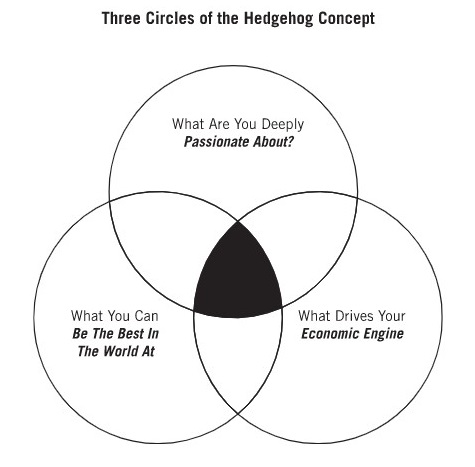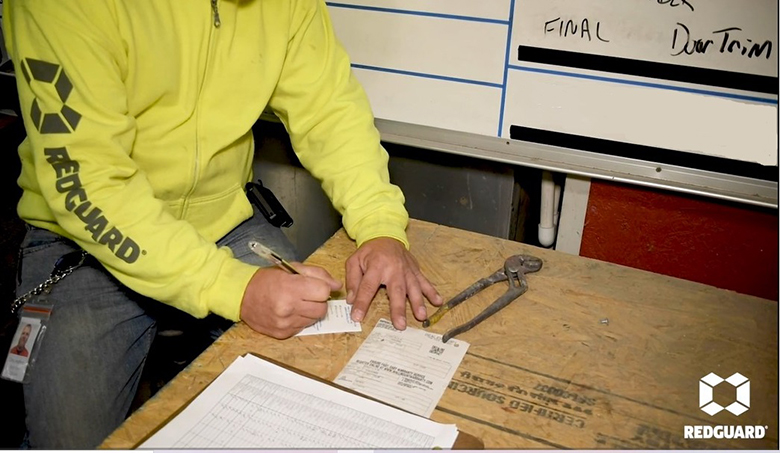RedGuard has notable safety practices—in 2017 they were chosen as one of four companies with the best safety record in the state by their insurance company. In a recent Lunch & Learn session that Steve Crider, the Safety & Compliance Officer for RedGuard delivered to SafeStart staff, Steve talked about their practices that include both SafeStart and some other great applications as well.
In this Lunch & Learn session, Steve revealed that RedGuard follows Jim Collins (“We are all here today because … creating a team of like-minded, similar-energy individuals can be both effective and successful.”) principles to a tee so they were thrilled that SafeStart asked them to pilot the SafeLead program. Here’s a quick breakdown of those principles and why they’re important to safety.
Stage 1. Disciplined People
According to Jim Collins, you need to cultivate a culture of discipline first by getting “the right people on the bus”—this concept is further explained in his book Good to Great. More specifically, you need to have the right people in key seats at the right level which he defines as:
- Level 5 – Level 5 Executive
- Level 4 – Effective Leader
- Level 3 – Competent Manager
- Level 2 – Contributing Team Member
- Level 1 – Highly Capable Individual
Frontline supervisors are definitely key seats on the bus but what often happens is a frontline worker that shows great competency at Levels 1 and 2 gets promoted to manager without being given appropriate help with developing Level 3 or 4 skills. SafeLead provides supervisors with practical communication skills to engage employees and have conversations about taking responsibility for their own well-being and helps them transition into competent managers and effective leaders. Level 5 leaders garner the most success—they are the ones who are not only humble people but those that are driven to do the right thing and inspire others to greatness.
Stage 2. Disciplined Thought
The Hedgehog Concept is also explained in the book Good to Great. The concept focuses on the intersection of three circles: 1) What Are You Deeply Passionate About? 2) What You Can Be The Best in The World At, and 3) What Drives Your Economic Resource Engine.

You can see this concept in the fundamentals of the 24/7 safety concept of what’s in it for me? In order to be successful, you need to appeal to someone’s personal agenda—in this case, you’re focusing on what they’re best at. When it comes to safety, most people put their family before themselves, and the intersection of the three circles clearly contains families and loved ones. Being able to define what drives your organization is a huge part of disciplined thought and defining culture. And that begins with being able to define what drives people.
Stage 3. Disciplined Action
There’s no “one big thing” or specific action or moment to define success—it’s a process and requires continual effort. The Flywheel Effect (as per Good to Great) is a concept that “there is no single defining action, no grand program, no one killer innovation, no solitary lucky break, no miracle moment. Rather, the process resembles relentlessly pushing a giant, heavy flywheel, turn upon turn, building momentum until a point of breakthrough, and beyond.” Similarly in safety, there’s no finish line—you put things in place as a foundation to build upon. And every shortcut is the result of a decision that could have been made differently. There’s no silver bullet in production or safety, only dedicated people with shared values and common goals striving for reliable outcomes against the chaotic forces of work.
Stage 4. Building to Last
If you don’t have employee engagement, there’s no chance of achieving successful business outcomes. When employees are engaged and have bought into your safety message, they can use the company’s original mission/vision/values and apply necessary changes to operating strategies and innovation over time, which will ultimately impact the cultural practices.
When it comes to employee engagement, you’re really looking at culture and climate. At SafeStart, culture is defined within an organization as the way things are done around here, whereas the climate is more about how things feel. Recognizing the impact of the climate on your culture gives you the ability to understand that you can’t fix your culture overnight but conversely, a strong culture becomes resilient against any intermittent storms that may blow through.
In the same way that Jim Collins’ principles fit any industry, so does human factors management, and RedGuard has adopted both to achieve their safety success. Not only do these principles take companies from good to great business-wise, but as you see, they can be applied to safety too. Learn more of the processes that RedGuard has in place that complement Jim Collins’ principles and SafeStart to make the company a safety leader.

